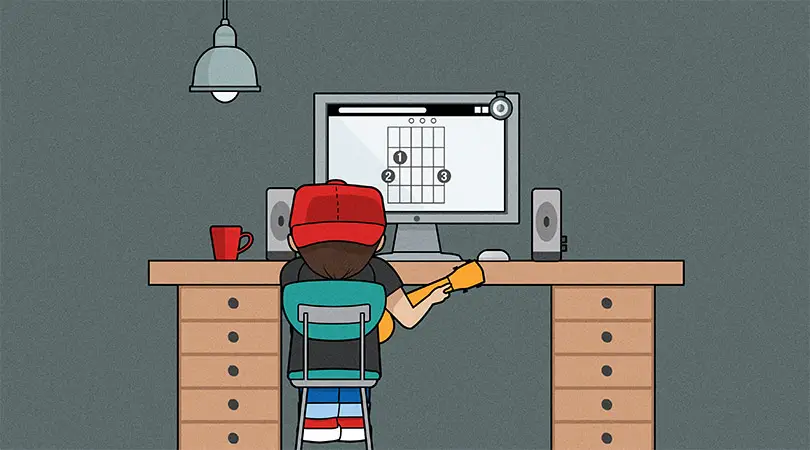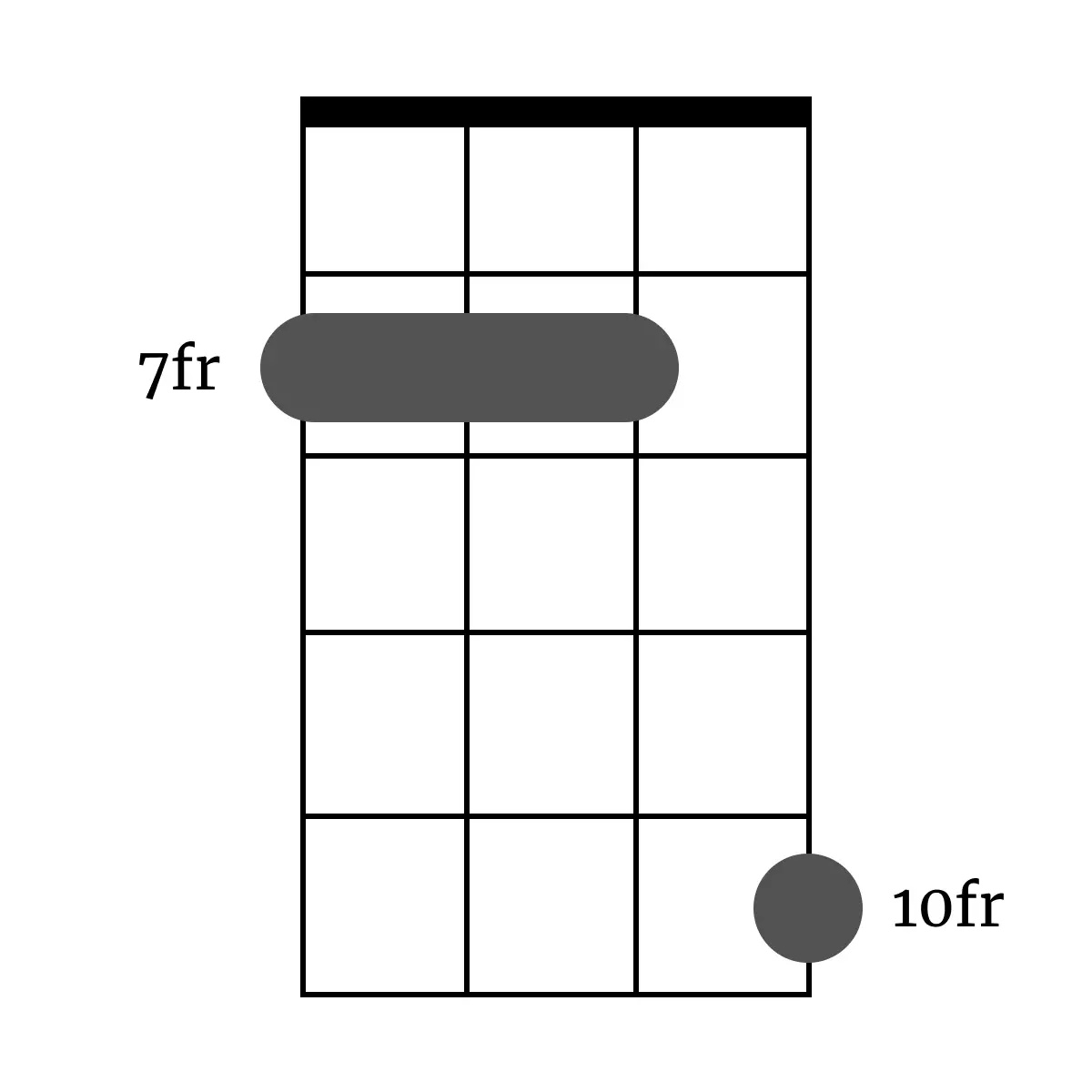The G chord, or G Major, is one of the most common chords played on the ukulele. It is as bright and pretty sounding as it is versatile. This guide will cover the basics of the G chord and its applications, as well as all of its variations.
Table Of Contents
What Is The Standard Tuning For Ukulele?
Just as there is for every other string instrument, there is a standard tuning for ukulele. While of course there are alternate tuning options, most ukulele music will be played with the strings tuned to G-C-E-A.
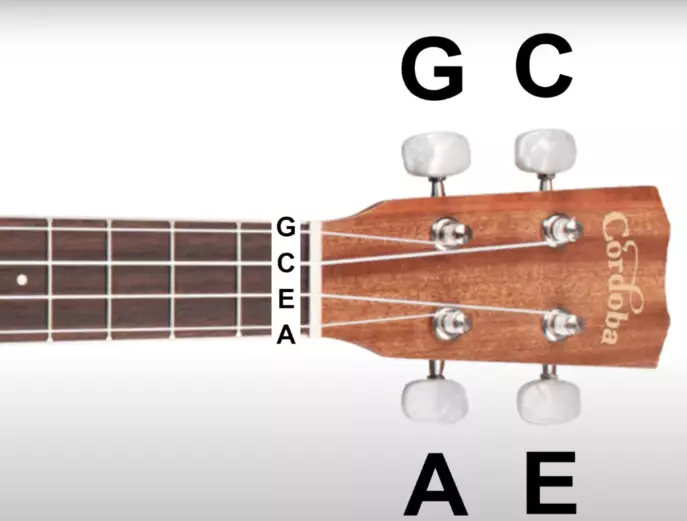
Credit: Cordoba
As the image above shows, the strings are tuned to GCEA starting with the top string. A common, optional modification you can make is tuning the G down an octave to create a more mellow, mid-range sound when playing chords.
What Notes Are In A G Chord On Ukulele?
The G chord, or G Major, is played on ukulele with these three notes: G-B-D. It is based on the G major scale, and uses the root note (G), the major third (B), and the perfect fifth (D).
As seen in the image below, it is played with the G-string open, index finger on the second fret of the C-string, middle finger on the second fret of the A-string and your ring finger on the third fret of the E-string.
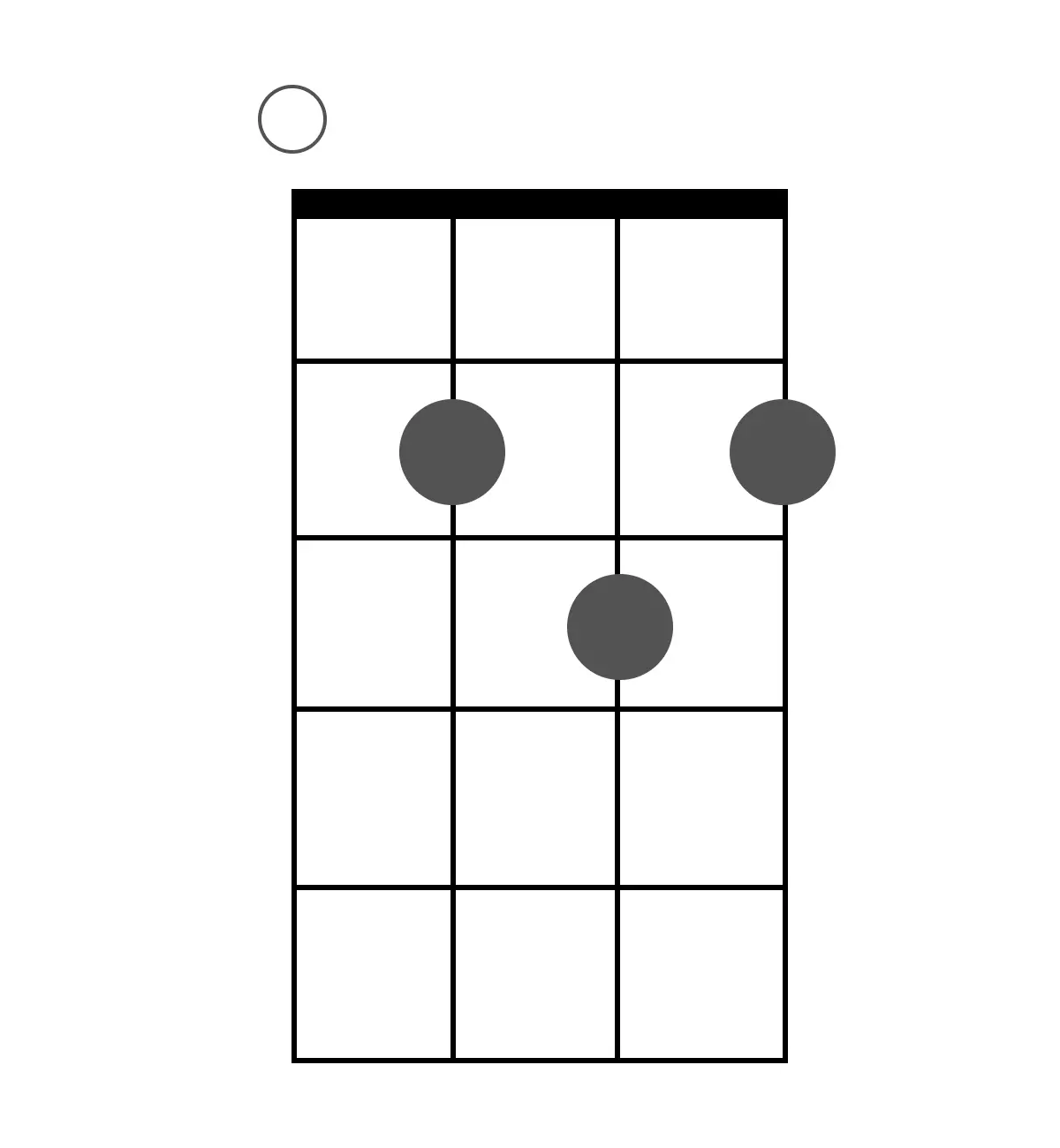
The chart makes it easy to see why G major is such an important chord on ukulele, it is both simple and works well with the standard tuning. Just like how an E chord on guitar is one of the most commonly played chords, the ukulele’s top string is a G, which is left open while playing the chord in the shape above.
As for the rest of the notes, they are clustered together nicely in a way that it is easy to jump back to during quick chord progressions.
How Is G Major Best Used In Ukulele Music?
You may be wondering by now how exactly G major is used in typical ukulele music and techniques, and the answer is straightforward. This chord, G major, like all the other major and minor chords are foundational. These are the base chords that all progressions use.
Why G major is special, apart from its commonality in chord progressions, is that many songs are played in the key of G major. This means the root chord in the song is G major and will only use notes that are in the G major scale.
There are two main reasons why so many songs are in the key of G: the chord is relatively easy to play on a guitar and piano, and the scale of G major only has one sharp (F#), making it additionally simple and straightforward.
Here is a list of popular songs that are in G major on ukulele:
- “Creep” by Radiohead
- “Love On The Weekend” by John Mayer
- “Wake Me Up When September Ends” by Green Day
- “Werewolves Of London” by Warren Zevon
- “All I Want For Christmas Is You” by Mariah Carey
- “Drops Of Jupiter” by Train
- “Gravity” by John Mayer
- “Christmas (Baby Please Come Home)” by Death Cab For Cutie
- “wish you were gay” by Billie Eilish
- “Leaving On A Jet Plane” by John Denver
- “Let It Go” by Disney
- “Take It Easy” by The Eagles
What Is The Most Common Shape For G Major?
As mentioned earlier, the most predominant chord shape for G major on ukulele would be played with the G-string open, your index finger on the second fret of the C-string, middle finger on the second fret of the A-string and then your ring finger on the third fret of the E-string. This is shown in the image below.
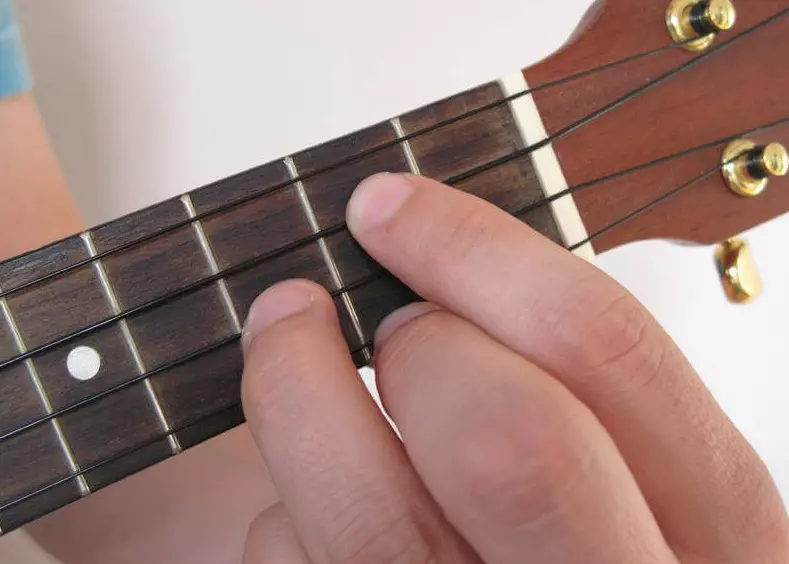
Credit: Ukulele Chords
It is easy to see why this is the most common shape: it is low on the fingerboard, only using the 2nd and 3rd frets, and is played with the top string open. Your fingers are also in a great position to quickly switch to other popular major or minor chords played on the same area of the fretboard.
You should make sure to master this version before learning any alternative voicings, to train your muscle memory on switching back to that shape. The best way to practice this is by simply playing chord progressions. You can learn the songs in the list above or play through common progressions such as G-E-A-D, Em-G-D-C, Bb-G-C-F or C-F-D-G.
Alternative G Major Shapes
Traditional (Barred)
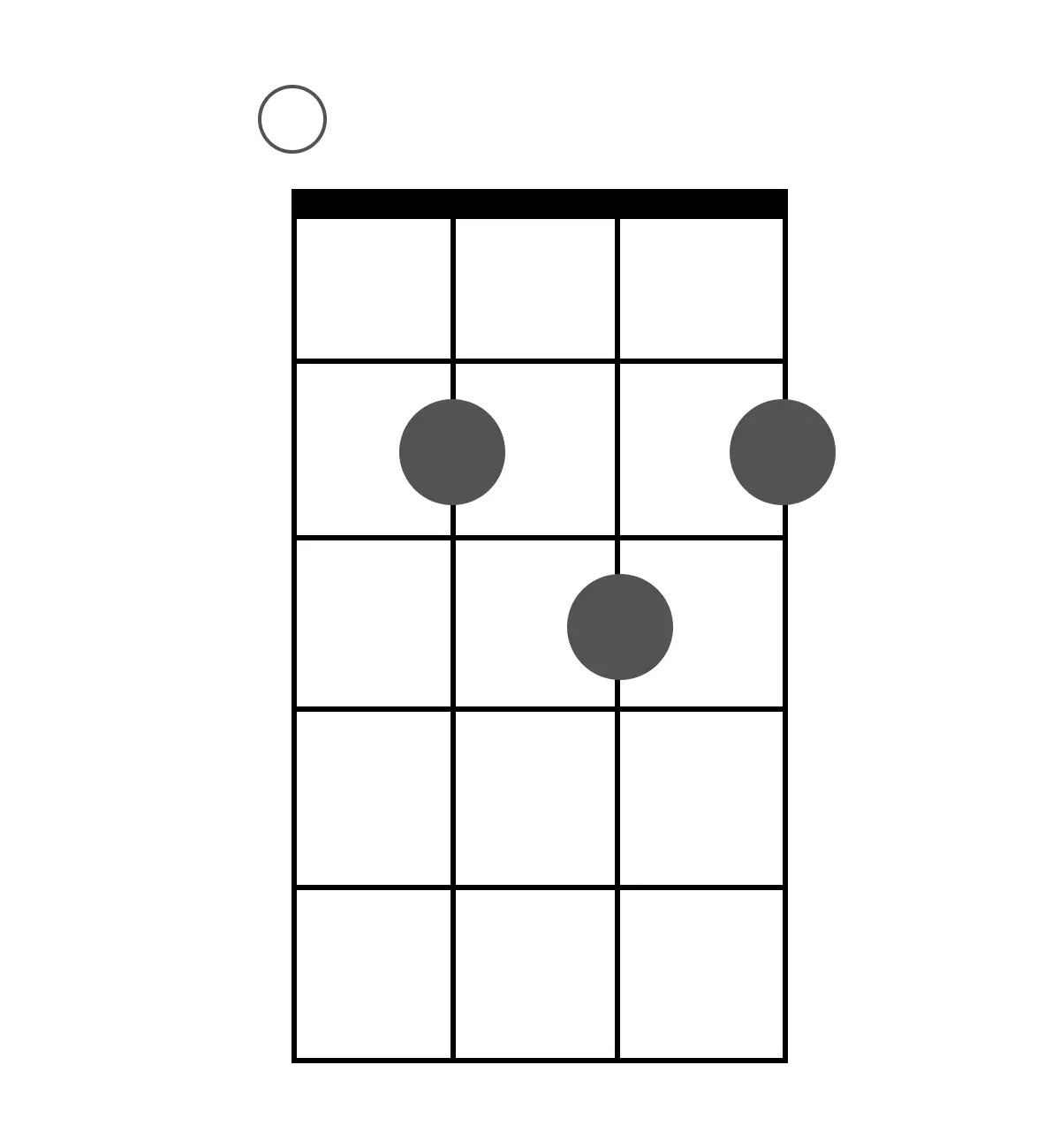
This shape is the same as the traditional one, except that instead of using your index and middle finger to press the E and A-strings on the 2nd fret, you barre the 2nd fret with your index finger instead and leave your ring finger on the 3rd fret’s E-string.
Traditional (2nd D)
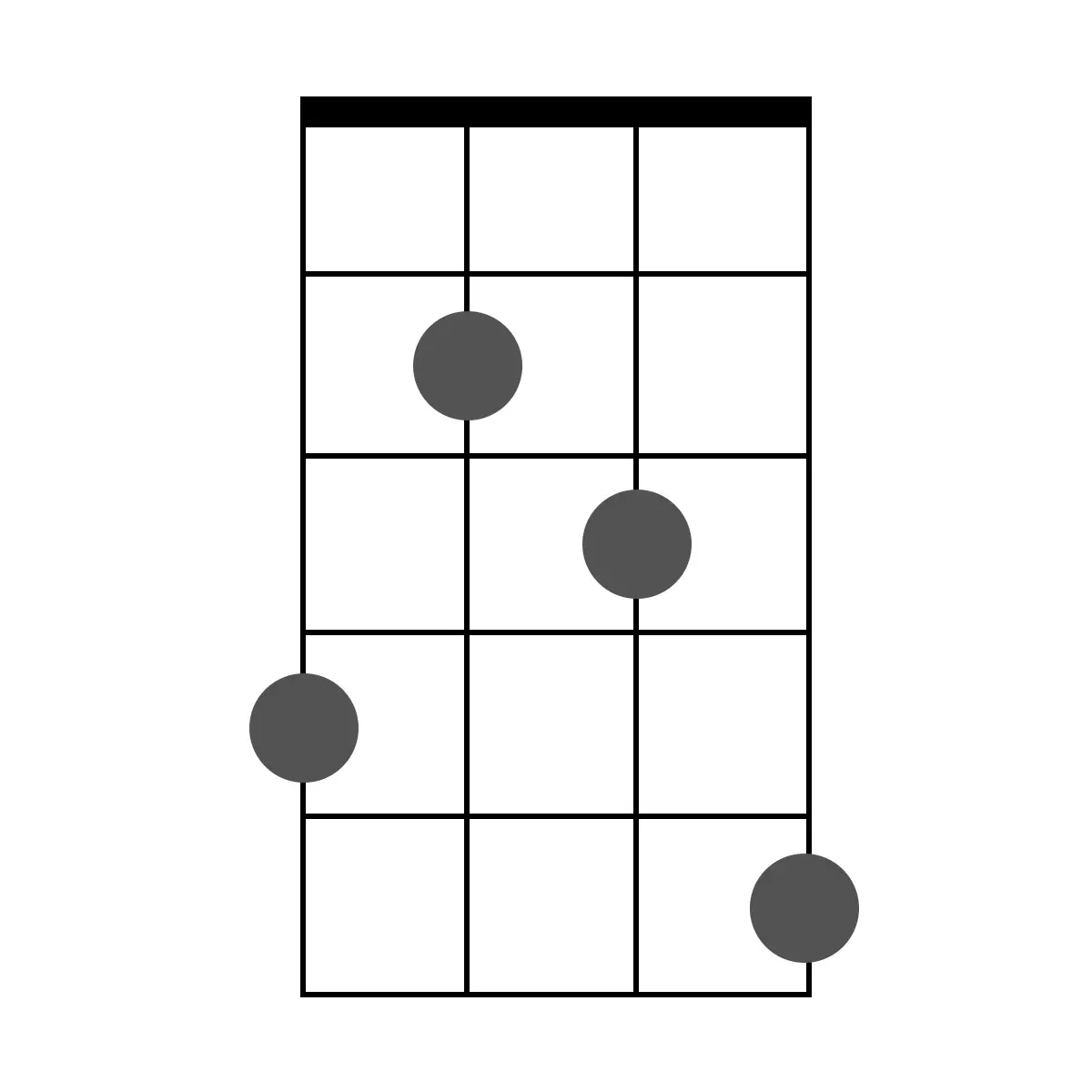
This is a more difficult version of the traditional shape, with a second D played on the 5th fret A-string and a B played on the 4th fret G-string. This phrasing changes the color of the chord slightly by having two D’s instead of the traditional two G’s.
Traditional (2nd B)
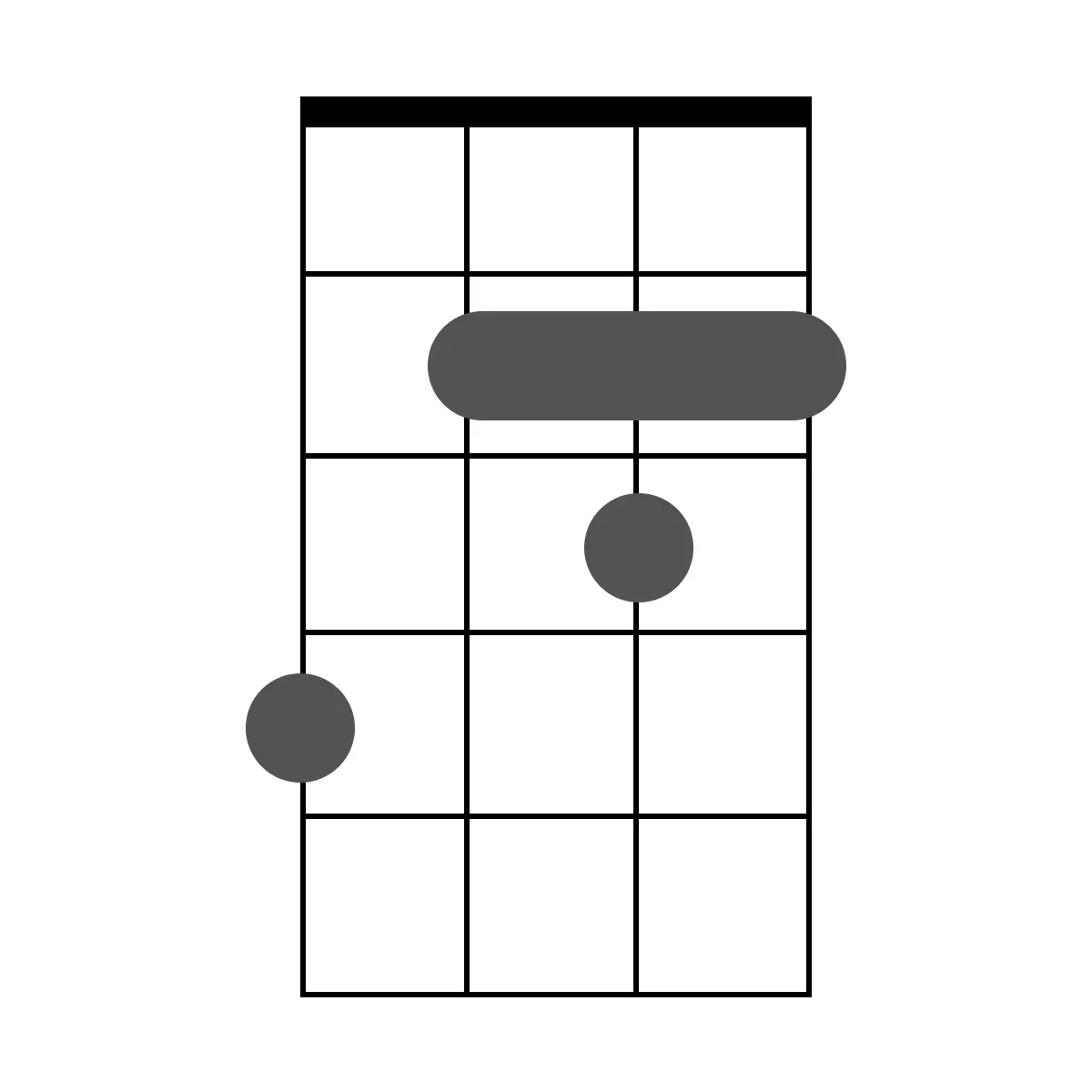
This shape is similar to the previous one, except that there is a 2nd B played rather than a 2nd D. This is done by using a barre technique on the 2nd fret’s bottom three strings. Then, you play the 3rd fret E-string with your middle finger and the 4th fret G-string played with your ring finger.
Fifth Fret (Barred)
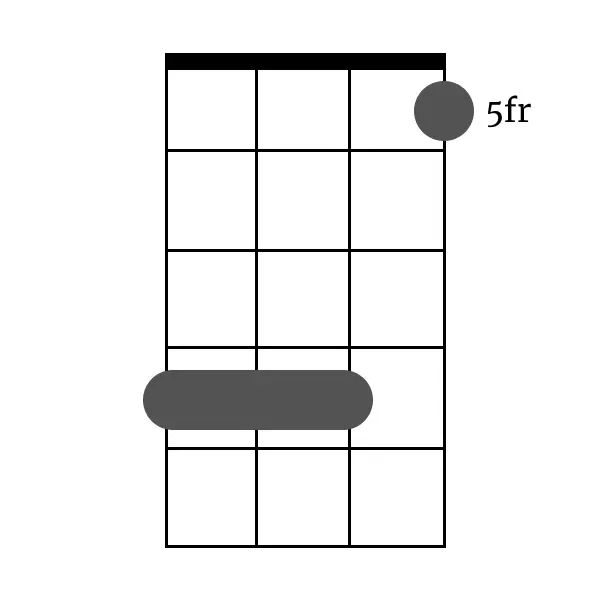
This voicing is played further up the fretboard, taking the notes up an octave. Your index finger is going to play the A-string on the 5th fret and then you will use your ring finger to barre the top three strings on the 7th fret.
Fifth Fret (Individual)
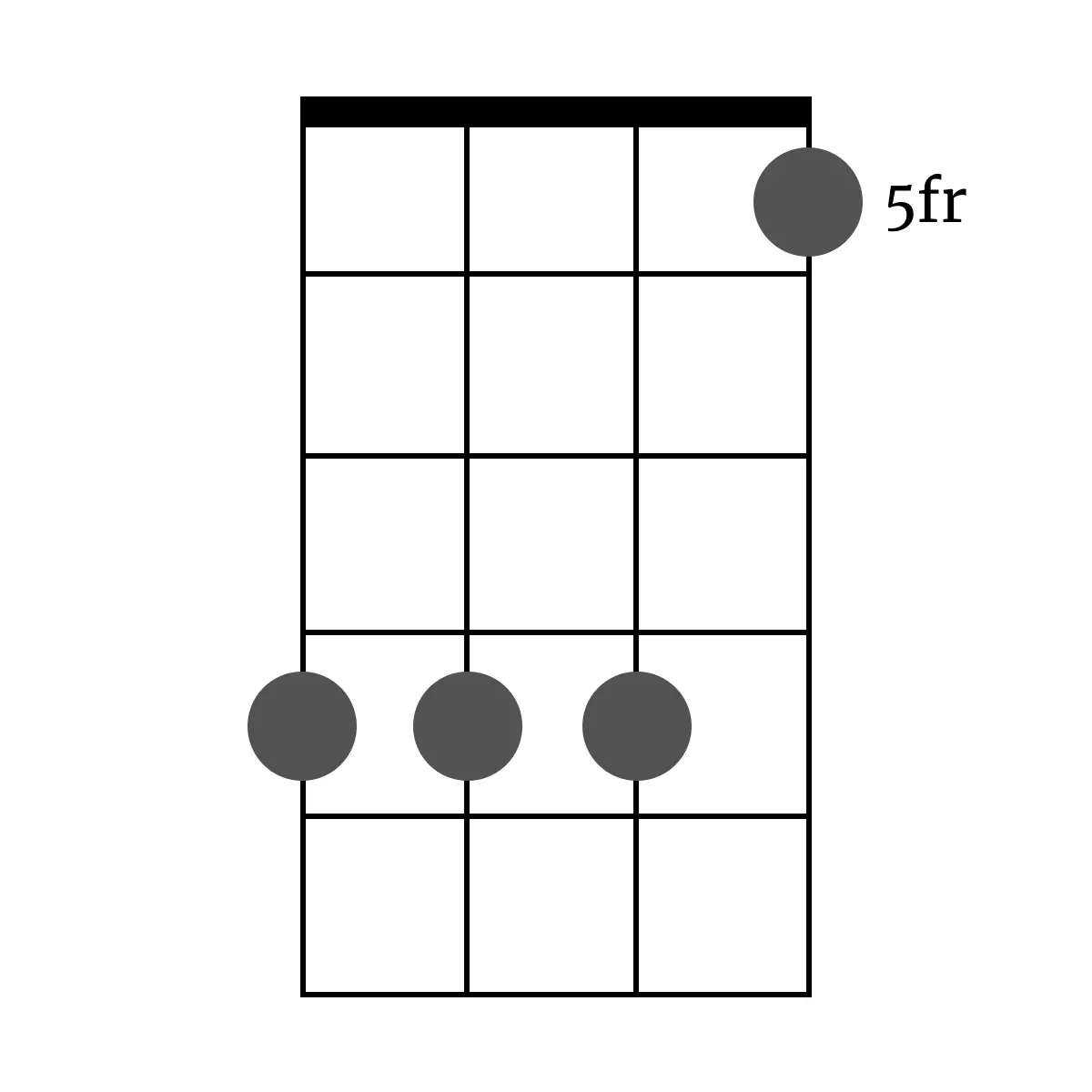
This G major shape is identical to the previous one on the fifth fret except that all notes are played individually, rather than barred with your index finger. This phrasing is best for a player with small hands who may struggle more with barre techniques.
Seventh Fret
This one is a rather unusual shape, using your index finger to barre all the strings on the 7th fret and then stretching your pinky to play the 10th fret’s A-string. This phrasing can be awkward at first and difficult to reach, but it is an interesting version as it uses two G’s just like the traditional G major shape.
Tenth Fret
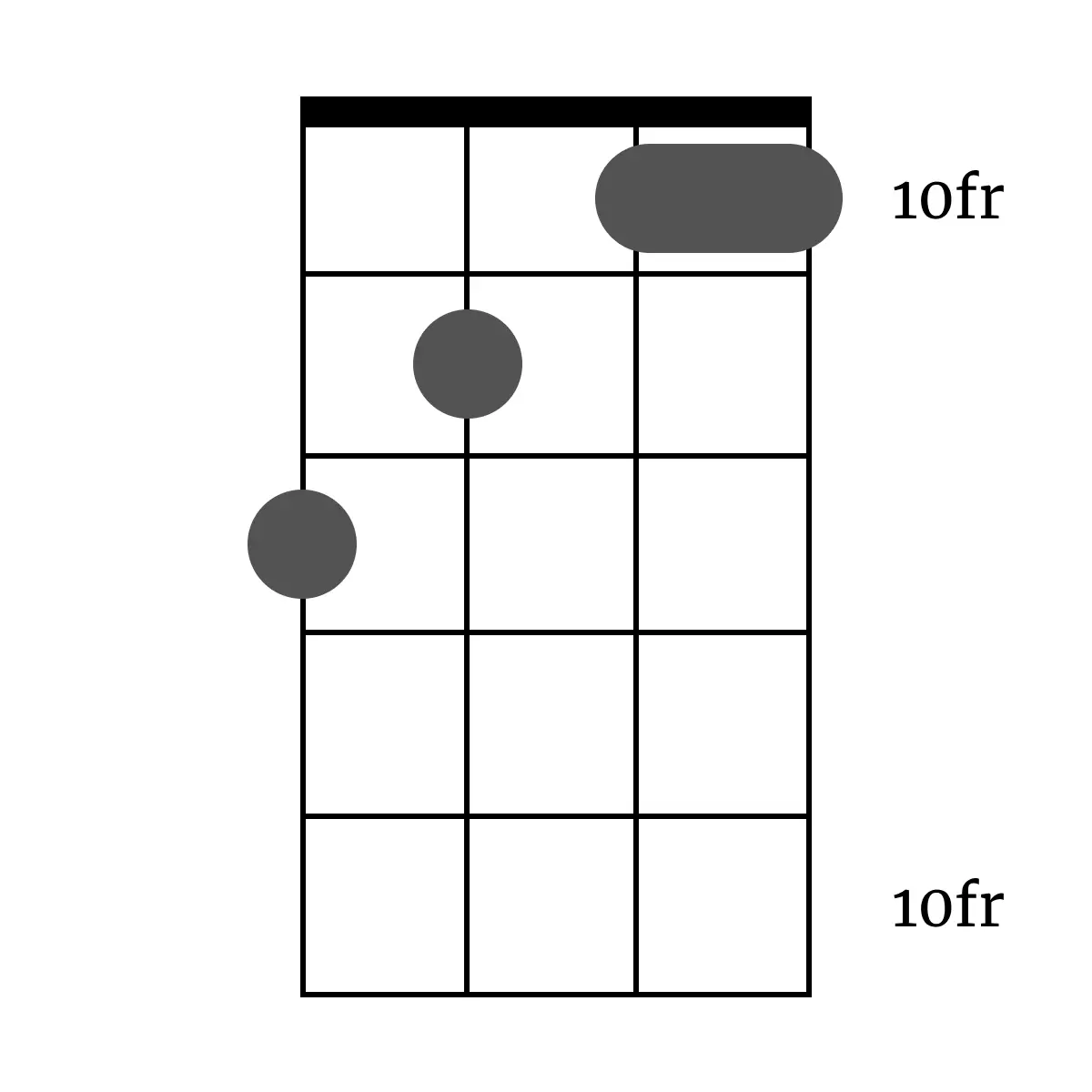
This is our last and highest pitched G major shape. It is played with a barre technique on the 10th fret’s E and A-strings, using your index finger. Then your middle finger goes to the 11th fret C-string and 12th fret G-string.
The G chord is an integral major chord to learn on the ukulele as it is prevalent in many popular songs as well as common ukulele chord progressions. There are many different shapes and ways to express this chord, but only you will feel which voicing is best for your playing.
